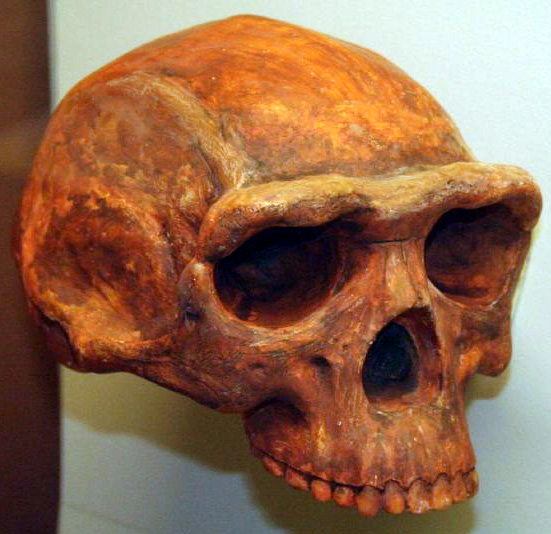Early Humans Lived in China 1.7 Million Years Ago

An extinct species of tool-making humans apparently occupied a vast area in China as early as 1.7 million years ago, researchers say.
The human lineage evolved in Africa, with now-extinct species of humans dispersing away from their origin continent more than a million years before modern humans did. Scientists would like to learn more about when and where humans went to better understand what drove human evolution.
Researchers investigated the Nihewan Basin, which lies in a mountainous region about 90 miles (150 kilometers) west of Beijing. It holds more than 60 sites from the Stone Age, with thousands of stone tools found there since 1972 — relatively simple types, such as stone flakes altogether known as the Oldowan. Researchers suspect these artifacts belonged to Homo erectus, "thought to be ancestral to Homo sapiens," Hong Ao, a paleomagnetist at the Chinese Academy of Sciences in Xi'an, told LiveScience. [Photos: New Human Ancestors from Kenya]
The exact age of these sites was long uncertain. To find out, Ao and his colleagues analyzed the earth above, below and in which stone tools at the Shangshazui site in the Nihewan Basin were found. The tools in question were stone blades potentially used for cutting or scraping.
The scientists analyzed the way in which the samples of earth were magnetized — since the Earth's magnetic field has regularly flipped numerous times over millions of years, looking at the manner in which the magnetic fields of minerals are oriented can shed light on how old they are. The researchers discovered this site in northern China might be about 1.6 million to 1.7 million years old, making it 600,000 or 700,000 years older than previously thought.
Horse, elephant and other fossils suggest the area back when the stone tools were made was mainly grassland interspersed with patches of woodland. A lake between the mountains there was probably a major attraction for hominid explorers, providing water and a range of other food sources, while the mountains could have represented an important material source for making stone tools. The researchers suggest hominid migrations to East Asia during the early Stone Age were a consequence of increasing cooling and aridity in Africa and Eurasia.
Given that slightly older artifacts and bones belonging to Homo erectus were previously discovered in southern China more than 1,500 miles (2,500 km) away, these new findings suggest early and now-extinct human species may potentially have occupied a huge territory in China.
Sign up for the Live Science daily newsletter now
Get the world’s most fascinating discoveries delivered straight to your inbox.
"Homo erectus occupied a vast area in China by 1.7 million to 1.6 million years ago," Ao said.
The scientists detailed their findings online Aug. 15 in the journal Scientific Reports.
Follow LiveScience @livescience, Facebook & Google+. Original article on LiveScience.










